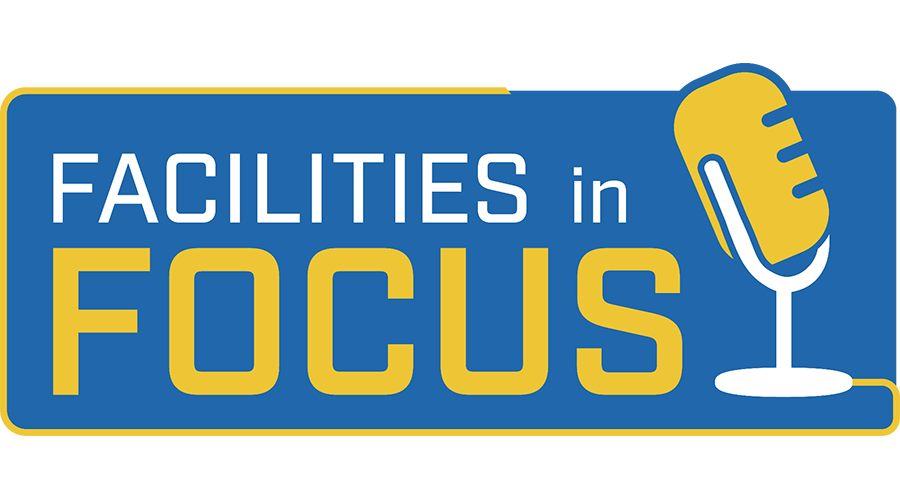Surprised? You Shouldn’t Be
By Edward Sullivan, Editor
 Many factors that are shaping buildings have nothing to do with new building technologies or design philosophies. That's the underlying point of this month’s coverage of technology issues that are influencing health care facilities planning.
Many factors that are shaping buildings have nothing to do with new building technologies or design philosophies. That's the underlying point of this month’s coverage of technology issues that are influencing health care facilities planning.
It’s not news that facility executives should keep up to date with technologies and trends that affect the organization. Facility executives who are aware of developments like those, and take steps to prepare for them, help both themselves and their organizations. That’s true whether they’re responsible for health care, office, educational or other types of space.
But staying ahead of the game requires facility executives to have 360 degree vision. Consider sprinklers. Codes generally require sprinklers in new buildings, though not in old ones. But sprinklers are increasingly being required in new houses. As sprinklers become more and more common in homes, it’s only a matter of time before building occupants begin to expect them, regardless of whether they’re required by code. Here’s a situation where a familiar technology could sneak up on facility executives, even ones who work hard to stay up to date with developments affecting the business sector their organization operates in.
In a case like that, it’s up to the facility executive to evaluate the benefits of the technology, from cost savings to occupant satisfaction, as well as the costs. If a facility executive finds a technology that seems likely to have an impact on the organization’s facilities, the next step is to spread the word. Even if others in the organization are already aware of the technology, they may not understand the facility infrastructure costs involved. And one thing top management doesn’t like is surprises.
|
 |
|
Related Topics:








 Many factors that are shaping buildings have nothing to do with new building technologies or design philosophies. That's the underlying point of
Many factors that are shaping buildings have nothing to do with new building technologies or design philosophies. That's the underlying point of 



